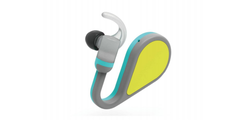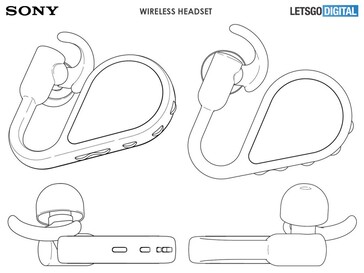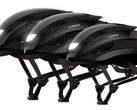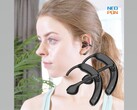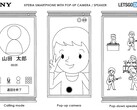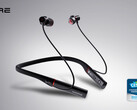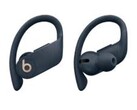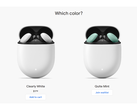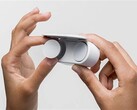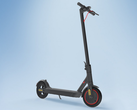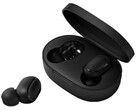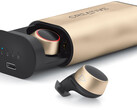Sony's most recent TWS earphones were designed with effective retention in the ear in mind. Now, it seems this OEM has tackled the same issue in another way with a newer design. It has allegedly been filed with the Japanese Patent Office (JPO) and shows a considerable departure from the normal non-AirPod type of earbud.
This IP consists of an ear-tip, supported with a hook for part of the outer ear. That is where the conventional components more or less end, however. The rest of each earphone leads off from this part via a very short, cable-like conduit to another, larger part that seems to be capable of sitting behind or below the ear.
This half of each of the earphones as depicted exhibits what look like volume controls, along with 3 additional buttons that could be for things such as calls or voice-assistant activations. As a whole, the accessories give the impression that they are thus designed for easy access to said buttons as well as a secure fit while in use.
Therefore, they may be aimed at those who would like the option to use TWS earbuds while also using a helmet, or while working out.
Source(s)
JPO via LetsGoDigital


 Deutsch
Deutsch English
English Español
Español Français
Français Italiano
Italiano Nederlands
Nederlands Polski
Polski Português
Português Русский
Русский Türkçe
Türkçe Svenska
Svenska Chinese
Chinese Magyar
Magyar